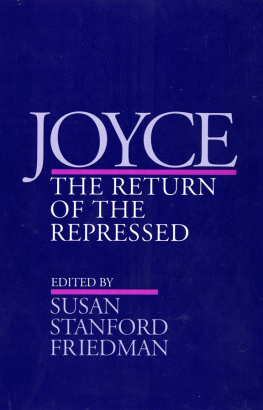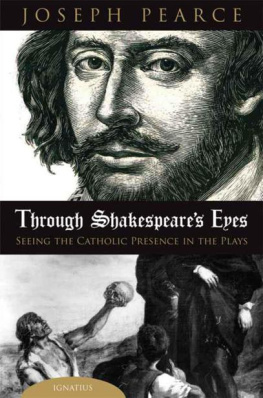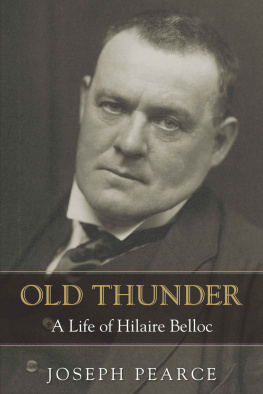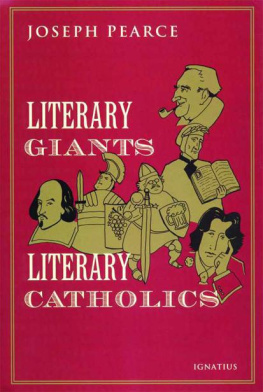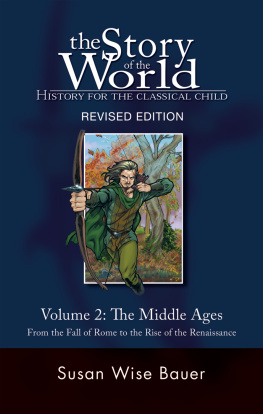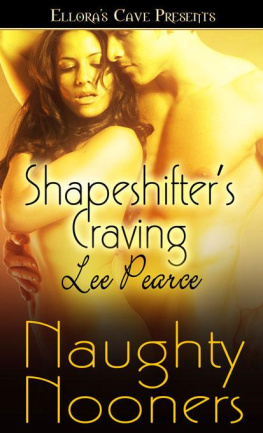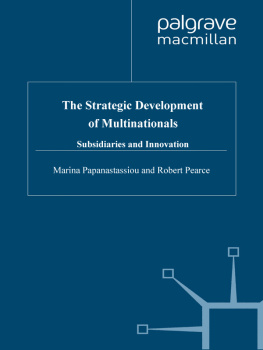The Collectors Voice:
Critical Readings in the Practice of Collecting
Perspectives on Collecting
Edited by Susan Pearce
University of Leicester, UK
The Collectors Voice:
Critical Readings in the Practice of
Collecting
Volume 2
Early Voices
Edited by
SUSAN PEARCE AND KEN ARNOLD
First published 2000 by Ashgate Publishing
Published 2016 by Routledge
2 Park Square, Milton Park, Abingdon, Oxon OX14 4RN
711 Third Avenue, New York, NY 10017, USA
Routledge is an imprint of the Taylor & Francis Group, an informa business
Copyright 2000 Susan Pearce and Ken Arnold
All rights reserved. No part of this book may be reprinted or reproduced or utilised in any form or by any electronic, mechanical, or other means, now known or hereafter invented, including photocopying and recording, or in any information storage or retrieval system, without permission in writing from the publishers.
Notice:
Product or corporate names may be trademarks or registered trademarks, and are used only for identification and explanation without intent to infringe.
The authors have asserted their right under the Copyright, Designs and Patents Act, 1988, to be identified as the authors of this work.
British Library Cataloguing-in-Publication Data
The collectors voice: critical readings in the practice
of collecting
Vol. 2: Ancient voices
1. Antiquities - Collection and preservation - History
2. Collectibles - History 3. Collectors and collecting in
literature 4. Europe - Antiquities
I. Pearce, Susan M. (Susan Mary), 1942- II. Arnold, Ken
069.40940903
US Library of Congress Cataloging-in-Publication Data
The collectors voice : critical readings in the practice of collecting / edited by Susan Pearce and Alexandra Bounia and Ken Arnold.
p. cm. Contents: v. 1. Ancient voices v. 2. Early voices.
Includes bibliographical references and index.
1. Collectors and collectingHistory. 2. Collectors and collectingEuropeHistory. 3. Collectors and collectingPhilosophy. 4. Collectors and collectingSocial aspects. I. Pearce, Susan M. II. Bounia, Alexandra. III.
Arnold, Ken
AM221.C65 2000
ISBN 9781859284186 (hbk)
Contents
Susan Pearce and Ken Arnold
The study of collecting is a growth point in cultural studies. Like most exciting developments, it is on the cusp where older studies meet and stimulate each other; but it is also conceived as a study of practice, of the ways in which people make sense of the world by bringing elements together. Because we and our world are material, and our ways of understanding are tied to the physical reality of material, one of the prime ways in which this sense is created is through the accumulation and juxtaposition of material things. Following the seminal publication of Benjamins essays and Arendts Introduction to them (1970), a range of studies have been important in the development of our understanding in this field. Some have been in the broader field of material culture (for example Appadurai, 1986; Miller, 1985; Hodder, 1986). Others have contributed to our understanding of museums, as the institution par excellence which sustains and is sustained by the practice of collecting (for example Hooper-Greenhill, 1992; Bennett, 1995; Pearce, 1992). Closely related to this has been the whole Peoples Show Project which brought contemporary collectors into museum galleries and opened up an important range of popular collecting issues (for example Lovatt, 1997). This climate of interest, linked with important studies by Baudrillard (1984), Pomian (1990) and Stewart (1984) have stimulated a number of specialised studies in the collecting field. Eisner and Cardinal have published an important collection of essays on individual collecting topics (1994) and Pearce has produced a broad analysis of collecting practice (1995) and a study of contemporary popular collecting practice (1998), while Martin has published an analysis of the relationship between collecting and social institutions at the end of the twentieth century (1999). Arnold has produced a study of the cabinets of curiosity phenomenon, and Bounia and Thomason have turned their attention to ancient collecting, Bounia of the classical world (1998) and Thomason of the ancient Middle East. Flanders is working on the collecting processes associated with nineteenth-century museums, and a number of similar pieces of work are in progress.
This intellectual realisation has been matched by a flood of popular interest in collectors and collecting. The Independent, The Times and the Guardian now run regular collecting columns. The BBC sees ever-increasing spin-offs from the Antiques Roadshow programme, and the other channels, television and radio, have their own series. A parallel reverberation of the same phenomenon is seen in the extent to which collecting, used in a variety of ways, appears as a recurrent theme in contemporary fiction.
The four volumes of The Collectors Voice: Critical Readings in the Practice of Collecting series take the perspective of the long term. The first, Ancient Voices, addresses collecting practice in ancient northern Europe, ancient and classical Greece and imperial Rome, and the post-Roman period through the early and high Middle Ages to the beginnings of European early modernism in the fifteenth century. The second, Early Voices, covers collecting during the sixteenth and seventeenth centuries, and into the early eighteenth century. The third, Imperial Voices, concentrates upon nineteenth- and earlier twentieth-century collectors up to about 1960. The final volume, Contemporary Voices, focuses attention upon the nature of collecting in the closing decades of the twentieth century. In all four volumes the written, or sometimes recorded, voices of the collectors themselves are paramount, but it is hoped that the editorial content which surrounds each text will place the quoted material in its appropriate context.
Two issues emerge clearly from what has been said: the definition of collecting; and the idea of a European tradition of collecting, which presupposes that the notion of a continuity of ideas and practices from one generation to another over a period of several millennia within a particular, and relatively limited, geographical area is a valid premise on which to mount investigation. Benjamin in his essay on his library (1970), and Arendt in her Introduction to his essays, both of which stand at the head of the contemporary critique of collecting practice, make the point that insofar as the past has been transmitted as tradition, it possesses authority; insofar as authority presents itself historically, it becomes tradition (Arendt, 1970: 38). But this line of thought undermines the notion of tradition as an essentially valid element in the historical process; it does not break out of the human predicament which means that the only way in which to behave newly or differently is to do so in relation to a past, which is inevitably perceived as a powerful influence upon the present. And, of course, through most generations, people have not particularly wished to break dramatically with the past, but rather to improve upon it.


